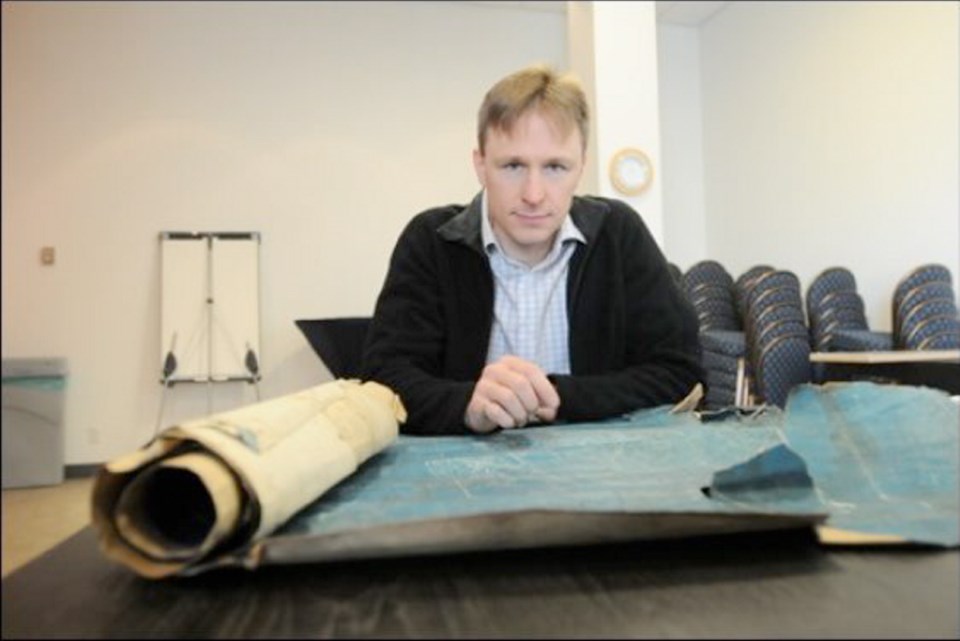Nanaimo has a rich history of coal mining.
But the industry, which dominated the city for almost 100 years, has left behind numerous abandoned mine tunnels and voids under the city that are causing headaches for developers and city staff.
The collapse of a portion of a mine below Pine Street at Victoria Road last year, that resulted in the closure of that portion of the street for months while contractors filled the void, is one the latest examples of the problems the mines present.
Last month, city council voted to develop a partnership with the Ministry of Energy and Mines and spend up to $50,000 in an effort to study the risks associated with abandoned coal mines in Nanaimo.
Poul Rosen, the city's acting manager of engineering, said almost all the coal seams in Nanaimo slope at a 15-degree angle from west to east, so the main areas the city is interested in studying are where the mines, or voids, are shallow enough to cause sinkholes or depressions on the surface.
He said that while coal mine tunnels and voids are common in many parts of Nanaimo, with the highest concentration of them under the Newcastle Island Channel, the area around Victoria Road in the downtown core where many of the voids are less than a metre below the surface are the main concern right now for the city, and that's where the focus of the study will be.
"This is just a first step of coming to a better understanding of where to focus our attention at this time," Rosen said.
"The further east you go from Victoria Road, the less of a concern these voids are for us. It's primarily a public safety issue, but we have to take into consideration the water and sewer pipes, roadways and other infrastructure that is impacted by them."
Rosen said the city has access to the maps of most if not all the mines constructed during the heyday of coal mining, and the Nanaimo District Museum and the Nanaimo Archives also have extensive information.
What the contractor for the study, who Rosen said is expected to be chosen in about a month, will be expected to calculate is the status of the mines and voids in the more vulnerable areas on the 15-degree slope and what it would take to mitigate them, if mitigation is required at all.
"Some of them could have settled already or won't settle for another 1,000 years," he said.
"We have plenty of assets constructed over these areas and we need to know what the hazards are when they have to be worked on or replaced."
Rosen said there aren't many communities that are dealing with same issue, but there are some in Alberta and Nova Scotia.
"Halifax is way ahead of us in dealing with the issue and has undertaken a major study that we may learn a lot from," he said.



